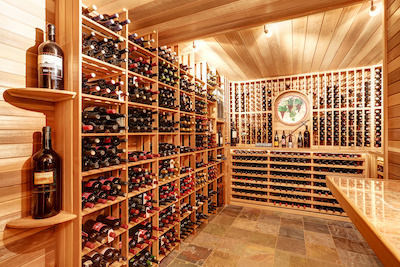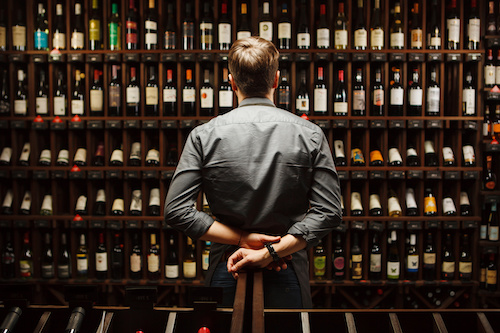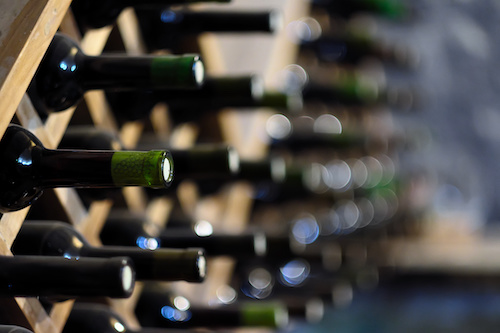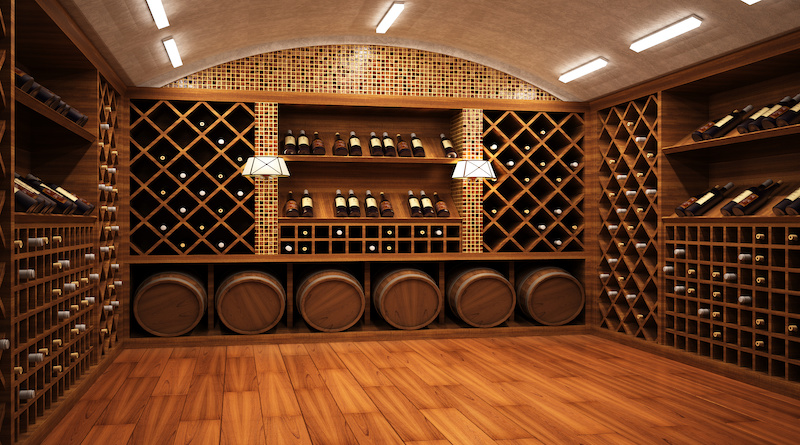6 Wine Storage Basics You Need To Know
Whether you’re celebrating a special occasion or would like to pair a flavorful meal with a good beverage, having a glass of wine would surely be a great option. A bottle of wine can immediately upgrade your dining experience into something better and tastier. Luckily, having a glass of wine isn’t just limited when dining out but something you can also achieve at home.
Buying a bottle of wine can really be easy as you just pick out your favorite from the store. However, storing them is a different story. They’re not a regular drink that you can just keep anywhere and expect to have a great-tasting flavor. With wine, you need to be specific and careful to allow it to give you its optimal flavors. With that, listed below are some wine storage basics that could help you out:
Use The Right Wine Storage

Of course, one of the primary things you should know when it comes to wine storage is where to place it inside your home to let it age beautifully and keep its flavors intact for as long as possible. You can always store your wine in a wine rack, cabinet, or cellar. However, you need to check their pros and cons as some might be too expensive to maintain, have a limited storing option, or have less control over humidity and temperature.
Set The Perfect Temperature
One of the most significant factors when it comes to wine storage would be its temperature. This could help determine your wines’ flavor as you store them inside your home. The right temperature should help your wine to keep its flavor, giving you a tasty glass.
If you go for a slightly higher temperature, it might slowly cook your wine, losing its aroma and flavor. However, keeping the temperature too low could freeze the wine, which could make the wine expand and push its corks out. That said, Winecellarhq.com recommends you use a dedicated wine cellar cooling unit to chill your wine cellar as opposed to an air conditioning unit, as an AC unit can cool the cellar down too quickly, which can damage your wine collection. A cooling unit will help maintain a steady temperature and relative humidity.
Ideally, you should store your wine between 45° F to 65° F for the best temperature. However, most would suggest going with 55° F as it’s the almost perfect temperature for storing your wines. Moreover, it should not go beyond 70° F, and below 25° F as those temperatures could damage your wine’s flavor. In addition, every wine has a different storing option. Checking the bottle first would help to identify which temperature you should adjust to.
Consider The Humidity

The temperature and humidity are also important factors in proper wine storage. Aside from affecting the wine’s condition, having improper temperature and humidity will affect the cork, which could cause it to dry out, making it brittle and crumbly, which could be hard to take out as it might risk some particles falling inside the bottle.
To avoid drying your wine bottles, ensure that your wine storage option has the proper humidity levels. Ideally, it should play around 50-80%. However, try to avoid increasing the humidity levels too much as it might encourage mold development on the corks, and slowly peels off the label on the bottle.
Keep Away From Sudden Temperature Change
While keeping your bottle of wine at an optimal temperature of 55° F is optimal to help you retain its flavor and aroma, going a little bit higher or lower by a few Fahrenheits wouldn’t hurt your wine. With that, you shouldn’t worry too much if you notice that your thermometer isn’t reading exactly 55° F. However, even with a small sustainable change, you should still try to keep them away from having a sudden temperature change as it could now affect your wine’s flavor.
You can accept a sudden temperature change when you’ve bought it in-store and delivered it to your home. However, if you keep placing your wine from one storage to another, resulting in a different temperature, you can expect it to taste slightly different. With that, you should aim for a consistent temperature but not go too crazy over it. All you need to prioritize is never to expose your wine to a different environment if you still don’t plan on drinking it.
Avoid Lights
Lights can affect your wine’s flavor even if it seems like a small thing. If you plan on storing your bottles inside your home, wherein they might experience a bit of sun exposure from your windows, you might want to consider keeping them in a different part of your home. The sun’s UV rays can reduce and prematurely age your wine, losing its strong hint of flavors. Even if your wine bottles are dark-colored bottles, you should still avoid UV exposure as much as possible.
If you’re storing your wine inside a wine room or cellar, you should use LED lights as they’re the safest and best option since they don’t emit any UV light at all. Alternatively, you can opt for incandescent bulbs if the LED light is not possible for your home.
Store The Bottles Horizontally

Another thing you should prioritize when it comes to wine storage is the position of your wine. While letting them stand could help you to display your wines beautifully, they’re not the best option for your bottles. Apart from using humidity to prevent your corks from drying, storing your bottles horizontally could also help to keep your corks well hydrated to prevent them from getting brittle and stiff.
Placing your wine bottles horizontally helps to keep your corks moist, making them the best option for your wine bottles. However, if your bottle is using a different cap, you can opt to place them vertically to help you display them beautifully on every corner of your home.
Takeaway
If you plan on keeping bottles of wine inside your home and don’t intend on using them right away, you should know how to store them correctly to maintain their natural flavors and aroma at bay. As you choose the perfect storage option, consider its temperature, humidity, and sun exposure. But above all else, enjoy and optimize your wine storage and let yourself have a flavorful glass whenever you please.




